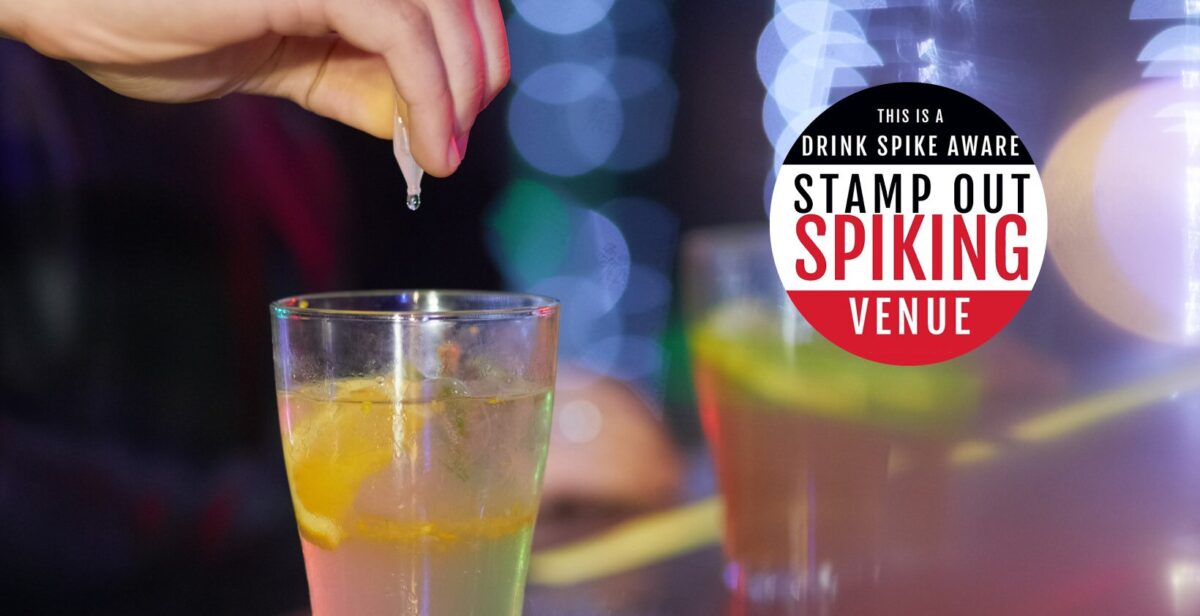Security teams play an important role in tackling the spiking epidemic, and in helping its victims. On the night Fiona was spiked, there were the usual bouncers stopping-and-searching people at the pub doors. So how did someone manage to get in with the substance used to attack her? I wanted to hear a bouncer’s perspective on what’s going on. Isn’t there more they could be doing to keep people safe?
Tom (not his real name) has been working as part of a security team for three years up and down the country, including in Bath, London, Manchester, Liverpool, and Birmingham. I asked him how often he’d encountered spiking. “It’s not a daily occurrence,” he told me, but it does often come in waves. Once there’s an incident at one club, reports will start to come from other venues too. Tom is clear, though, that “spiking is becoming more common and advanced. There is more of a range of drugs,” he says, “with different effects, making them harder to identify.”
If they’re going to deal with the problem effectively, and make clubbing safe for everyone, security need to be properly trained on how to identify and respond to potential spiking incidents. “We’re all medically trained to some extent,” Tom confirms, “but if someone comes to me believing they have been spiked the first thing I’ll do is call an ambulance.” Ideally, bouncers prevent spiking before it even happens. Tom says he and his colleagues were given “profile training, which helps us notice any suspicious behaviour.”
This seems comforting, but it’s only half the story. “There is sometimes a laziness in security,” Tom admits, “and not every venue even has it.” As ever, the problem comes down to economics—with pubs and clubs struggling financially in recent years, it’s all too easy to seek out corners to cut. “Owners don’t want to spend more money than they have to on security,” Tom tells me. “There’s often a shortage of security staff at venues. So definitely, more can be done if there was the funding.”
I’ve witnessed what Tom called “laziness” among security first-hand. Countless times I’ve been allowed into clubs with a bag on me that nobody’s bothered to search. I’ll be lightly patted and sent in, and I can see the bouncers doing the same to the next person. Such a light touch approach has often left me feeling unsafe. It’s easy to see how needles and drugs make their way into spaces where they can put people in danger.
Even the most thorough wouldn’t solve the problem, though, Tom says. “Sometimes people are very good at hiding drugs on them in places you cannot search, which makes my job difficult.” Once malicious people and their drugs are inside the club, the onus falls on bar staff to be able to spot and prevent potential spiking. “They need to be trained to be more aware and observant.”
Fiona believes that the bar staff could have done more on that Friday night. In the brief time she left to secure a table, her drink was being made. When she got back to the bar, she found it had been left unattended on the counter. Although she didn’t question it at the time, looking back, Fiona feels there was “carelessness” from the bar staff. “They could have kept my drink behind the bar until I returned.” This simple action could have changed Fiona’s fate that night. More staff, better training—there is more the industry could do to keep us safe.
